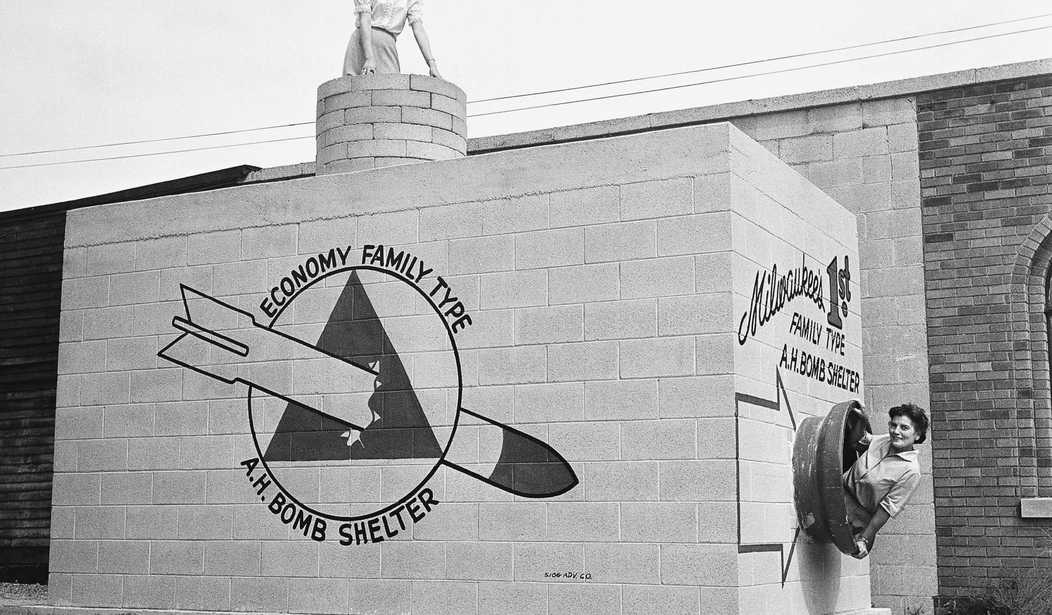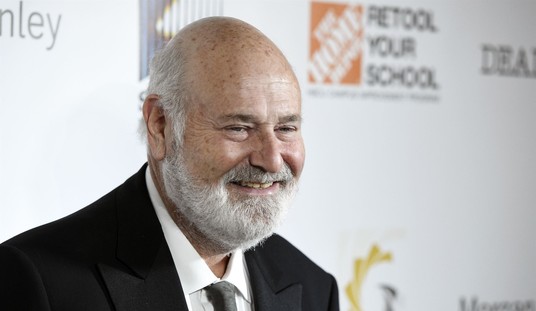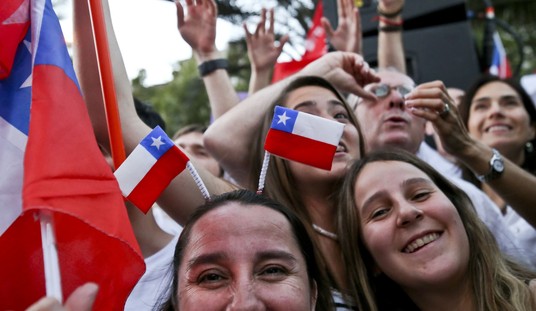Hawaii residents heard Friday what the end of their world could sound like.
For the first time in decades, Hawaii sounded their nuclear attack warning sirens, which will be heard the first Friday of every month for the foreseeable future because of the danger posed by North Korea’s nuclear missile program.
“It is the elephant in the room,” said Vern Miyagi, administrator for Hawaii’s Emergency Management Agency. “We should be prepared.”
The Attack Warning Tone, or “wailing tone,” is only the latest step state officials have taken to protect the 1.4 million people who live on the Hawaiian Islands.
Last summer, Hawaii’s Emergency Management Agency published a few words of advice on how to survive a nuclear attack.
The 50th state is not alone. Flaming rhetorical exchanges between Pyongyang and Washington, D.C., have the world on alert, especially the Pacific Rim, according to Gary Lynch, general manager of Rising S Company, a bomb-shelter building business in Murchison, Texas.
“Ninety percent of our recent business, worldwide, is due to North Korea rhetoric,” Lynch told PJM.
He said 30 to 40 percent of the company’s business just in the United States is due to increasing tensions between America and North Korea.
Lynch said many people born in the 1950s remember being herded into their elementary school hallways one day, and told to hide under their desks the next, in organized atomic bomb attack drills.
Lynch said the North Korean missile launches have brought those Cold War fears back to that generation and instilled a new awareness among younger people.
“All it’s ever been for them is a history lesson, or they were stories their parents and grandparents told them about,” Lynch said. “Now they’re seeing this as a realistic scenario and saying, ‘Hey, this could happen again.’”
John Teschner, a 37-year-old grant writer in Hawaii, is a perfect example of the perspectives of the younger generation.
“I have often thought that it’s impossible for people in my generation to imagine feeling vulnerable to the real threat of a nuclear war, like what my parents’ generation must have felt during the nuclear standoff with the Cuban missile crisis,” Teschner told the Washington Post. “And then today I realized, ‘Oh, this is how they felt.’”
Hawaiian officials said that if the worst happens and North Korea launches a missile strike against the islands, they would have little time to seek shelter in a concrete building or parking structure.
“Pacific Command would take about five minutes to characterize a launch, where the missile is going, which means the population would have about 15 minutes to take shelter,” said Miyagi. “It’s not much time at all. But it is enough time to give yourself a chance to survive.”
Miyagi said it was “very unlikely” that North Korea would send its nuclear missiles crashing into Hawaii. However, the EMA’s worst-case scenario does show critical infrastructure on the Islands, such as roads, freeways and buildings, would be devastated by a nuclear attack.
The Emergency Management Agency has projected 90 percent of the 1.4 million people who live in Hawaii would survive the first missile strike. But as many as 18,000 people would die, and another 120,000 would suffer trauma and severe burns.
“We’re not holding anything back. We’re not making anything prettier,” said Miyagi. “This is what we anticipate will happen. We want to make sure the public understands. It’s not a good thing.”
The best hope Hawaiians would have for survival would be to “Get Inside. Stay Inside. Stay Tuned” for 14 days, or until the “all clear” is sounded, according to a state government public service announcement.
“We are in an era when it’s not unlikely that a nuclear war could break out, and this whole time it has felt like Hawaii has a target on its back,” Teschner said.
Back in the days of the Cold War, any sturdy cement building had a sign on it that denoted the structure as a safe place to hide in the event of an attack. Hawaii doesn’t have many of those fallout shelters and doesn’t have plans to build any more despite the North Korean threat.
After all, with only 15 minutes of warning, the only people who would be able to take advantage of such a fallout shelter would be those lucky enough to be standing outside one of the structures.
Surely that should be enough to spark a backyard bomb shelter building boom in Hawaii?
Probably, said Lynch. But he doesn’t think it will be a bonanza of new business like Rising S has seen in Japan, because either liberals don’t scare easy or they don’t believe North Korea, or any other country, would launch a strike against America.
“Hawaii is not known for conservative politics,” Lynch said. “And probably 80 percent of our clients are conservative voters. So I don’t expect to see a huge influx (of business) in Hawaii.”
Even though some like John Teschner heard a loud, clear wake-up signal when the Hawaii wailing sirens sounded, others found themselves underwhelmed by Friday’s nuclear attack warning drill.
“It was as anticlimactic as I expected, but I wanted to come outside and really hear it,” Peggy Sowl told the Washington Post. “Maybe they should be playing Broadway tunes if it’s the last sound we’re going to hear in the last 15 minutes of our lives.”
And then there was Tom Lieber, who at the age of 68 is old enough to remember what it was like to be a child in the years of the Cold War.
“If there were a nuclear bomb here,” Lieber said, “I would probably just try to be calm and enjoy the meltdown.”









Join the conversation as a VIP Member